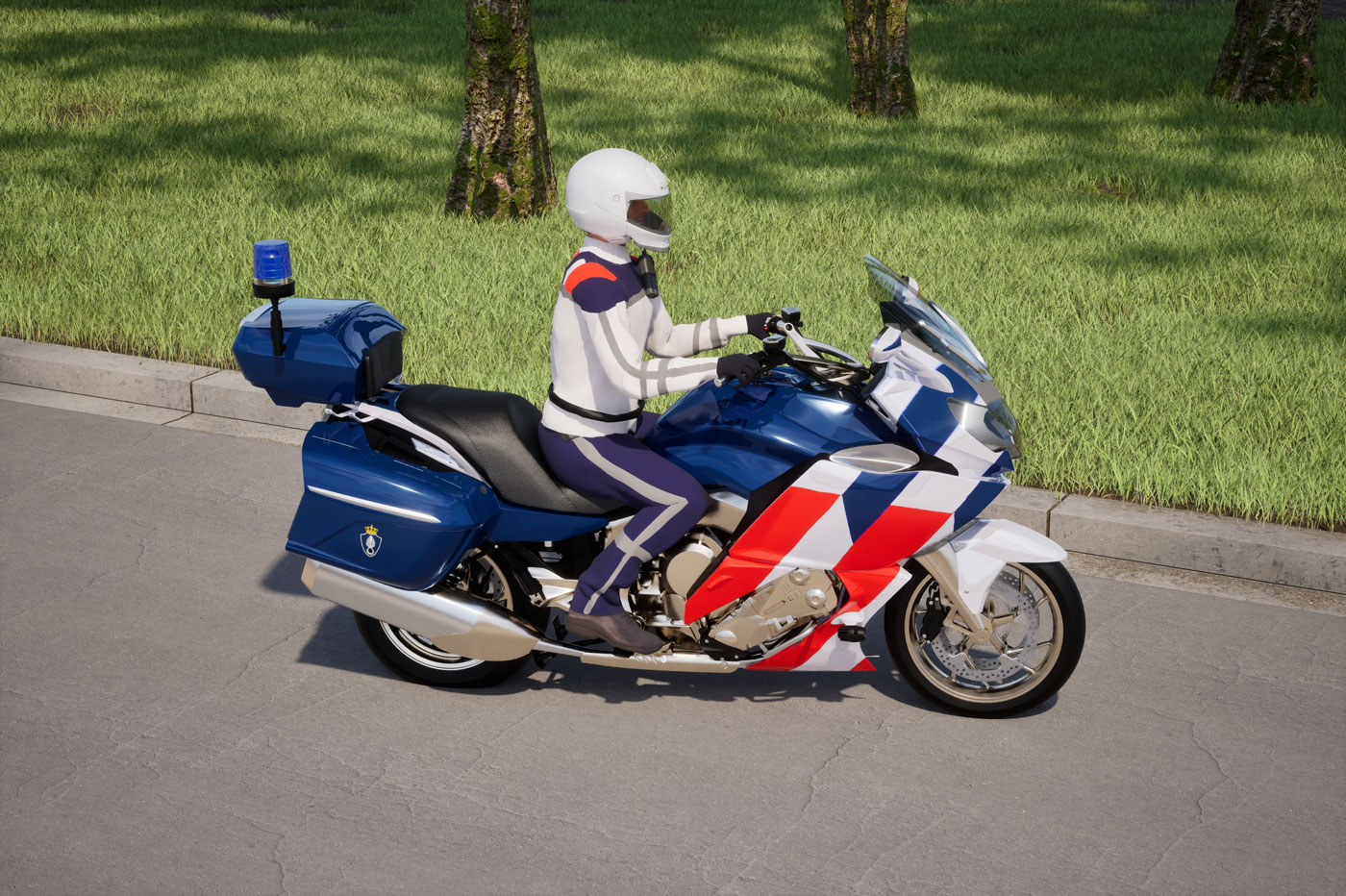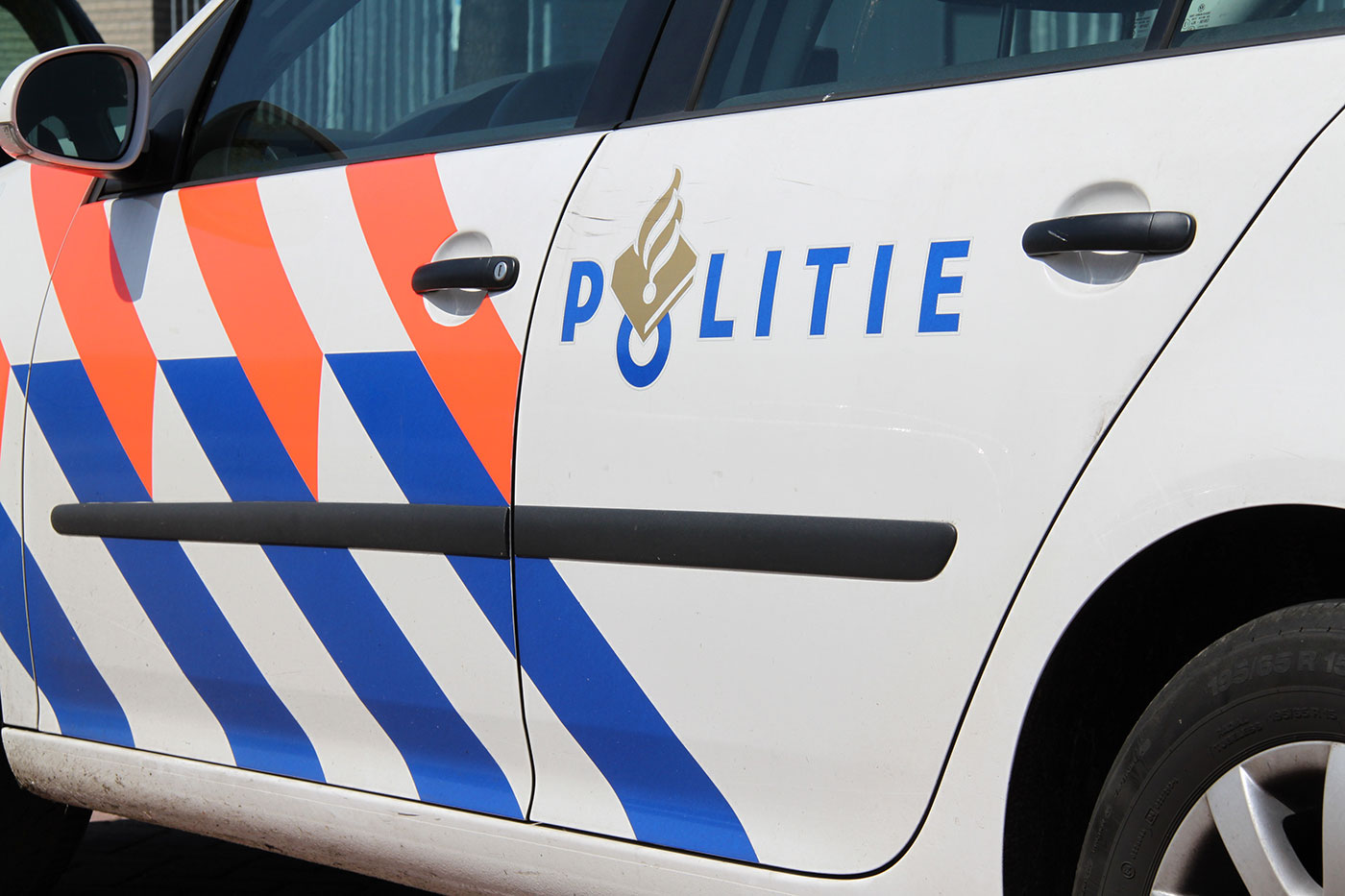Code of conduct
Important Dutch words
- APK
Same as the MOT, mandatory periodic general inspection of the vehicle.
- Brommobiel
Moped on three or four wheels with closed bodywork and a maximum unladen weight of 350 kg. Also called microcar.
- Snorfiets
Moped with a maximum construction speed of 25 km/h.
When you participate in traffic, you are required to adhere to certain rules of conduct. These general rules are designed to:
- keep roads safe;
- protect road users and passengers;
- ensure roads remain usable;
- ensure traffic can move freely;
- prevent or limit hinder and damage;
- limit the negative impact of traffic on the environment;
- prevent crime.
- Roads
All roads and paths that public traffic can drive or walk on. This includes bridges and tunnels. Paths and verges are also considered part of the road.
This means that a road can be anything between two ditches or two walls. Pavements are therefore also part of the road, just like cycle paths that are separated from the road itself by a verge or pavement.

- Authorised person
People authorised to regulate traffic and request official documents. These are:
- public prosecutors;
- police officers;
- military police;
- civil servants from the government tax service;
- officials of the Dutch department of motor vehicles and the traffic inspectorate;
- officials of the Rijkswaterstaat;
- investigating officers from various government departments.
Instructions
Every road user is obliged to follow instructions given by authorised people.
In addition, road users are also required to follow instructions given by crossing guards – who may only stop drivers.

Crossing guards can only stop drivers.

Military officers from the Netherlands Royal Military Police may give instructions that you must adhere to. They may also ask you to see your official documents.
Mandatory co-operation
If you are stopped by a police officer or another authorised person, they may ask to see certain documents. These documents must be in your possession at all times, and you may not refuse a request to show them. These documents include:
- your driving licence;
- the vehicle’s registration certificate;
- the supervisor pass if you are driving under the 2toDrive scheme (driving from 17 years of age);
- a disability parking card if you are driving a disability vehicle or parking in a disability parking space.
An authorised person may also require you to comply with an alcohol or drug test. This means you have to comply with a breath test, eye co-ordination and speech function test, and saliva swabs for drug detection purposes.
You may even be required to submit to a blood test if you refuse a breath test or if it is not possible to do a breath test. If you do not cooperate, you are committing an offence.
Hindering or endangering
Most rules are detailed in the applicable legislation. For example, you may not drive faster than the speed limit, you may not ignore traffic signs, and you may not drive through red lights. However, there are many other behaviours that could endanger other road users or impede the regular flow of traffic that are not explicitly recorded in legislation. A rule is therefore in place prohibiting road users from behaving in such a way as to create or contribute to a dangerous situation on the road. Obstructing or hindering other traffic is also prohibited. The cause of or reason for these behaviours is irrelevant.
- Kapstokartikel
Article 5 of the Road Traffic Act (also called ‘Kapstokartikel’) prohibits road users from operating a vehicle in such a way that it hinders traffic or causes danger to themselves or other road users. This law provides a so-called ‘safety net’ which covers dangerous behaviour that is not directly prohibited by traffic signs or road markings but still constitutes a hinder or danger and for which you may still be prosecuted.
Injury or death at-fault
In addition to not being allowed to cause hinder or dangerous situations, road users should take care to avoid causing a traffic accident that could injure or kill others.
Leaving the scene of an accident
Have you been involved in a traffic accident? Then you may not leave the scene of the accident until you have exchanged your contact and vehicle information with any other people involved or the police – regardless of whether you were at fault or not.
Leaving the scene of an accident without providing your information is a crime. You can mitigate this by voluntarily reporting to a police station within 12 hours from when the accident occurred. Unless the police arrested you as a suspect before then.
Leaving the scene of an accident while leaving an injured person without aid is always a crime – even if you report to the police later. Regardless of whether you were directly involved in the accident or not, you are obliged to provide help if needed.
Racing on the road
Racing or competing with other drivers on public roads is prohibited. One example of this is rapidly accelerating at traffic lights. If a road user is caught doing this, both the driver and the vehicle owner are liable for any damages.
- Driving licence confiscation
Police officers are authorised to confiscate your driving licence if you are caught violating traffic regulations. Your licence will then be forwarded to the public prosecutor.
- Driving disqualification (driving licence suspended)
Being disqualified from driving means you are not allowed to operate motor carriages for several weeks, months or even years. If you are caught violating traffic regulations, a public prosecutor or judge may disqualify you from driving. Driving disqualification may last up to two years for less severe infractions and up to five years for serious offences. The latter includes death or injury caused by dangerous driving, driving under the influence of alcohol, and driving while disqualified. If you commit another offence within a short time, these penalties may be doubled.
- Driving licence invalidation
If you commit several offences, or if you are ineligible to drive for other reasons, your driving licence may be declared invalid. This means you are no longer permitted to operate motor carriages for which your licence is required. You will still be permitted to cycle, be a passenger in a vehicle, and operate vehicles that do not require a driving licence. Your licence may also be invalidated for one vehicle category only, which means you will remain eligible to operate vehicles in other categories.

Driving behaviour enforcement
If you are found in violation of traffic laws, your driving licence may be confiscated. This means the police will take your licence and forward it to the public prosecutor, who will then decide (within 10 days) whether to withhold your licence or return it to you. In either case, a judge may be asked to make the final decision, at which point you may be fined and/or disqualified from driving.
You will no longer be permitted to drive a motor carriage for the duration of your
disqualification.
Based on your behaviour, confiscation of your driving licence, may happen if you:
- exceed the speed limit by 50 km/h or more;
- cause hinder or a dangerous situation.
The violation may also be reported to the CBR (Central Bureau for Driving Proficiency), who will then determine your eligibility to continue driving.
The abbreviation CBR stands for Centraal Bureau Rijvaardigheidsbewijzen, or
Central Bureau for Driving Proficiency. They decide whether you qualify for a
driving licence. They also decide whether you get to keep your driving licence
when your eligibility or driving skills are called into question. The CBR oversees
both theory and driving tests.
Another branch of the CBR is the BNOR; if you fail your driving test four times
consecutively, they will investigate further and determine your driving capabilities.
The CBR may be notified if you:
- tailgate on the motorway (you do not keep proper distance to the vehicle in front of you);
- cut off other road users;
- drive through a red light;
- exceed the speed limit by more than 50 km/h in normal situations;
- exceed the speed limit by more than 30 km/h where roadworks are underway.
Driving while disqualified
Operating a motor carriage while disqualified from driving is a criminal offence. This is also the case if you operate a vehicle for which a licence is required and your licence has been declared invalid.
